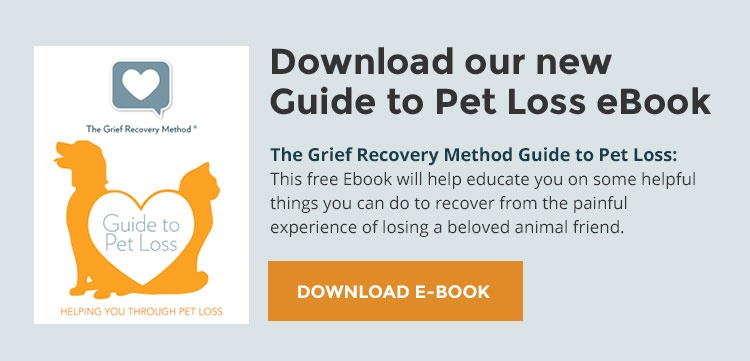This weekend, my family and I will harvest some chickens to eat, and my oldest son wants to participate in this process. He wants to help, and we’ll let him because he’s enjoying being part of this to understand where our food comes from.
You may be thinking, but what about the sadness and pain of that experience?
You can’t shield your children from the discomfort and sorrow of this world. At best, you can equip them with the tools so they know what to do. I know that certain feelings will come up for my son because they will come up for me, too. I’m not going to ignore that, so we’re going to talk about it.
I have some friends that I love dearly, but their son’s goldfish died. Instead of telling the child that the goldfish died, they tell an elaborate story about where the goldfish went.
You don’t do a service to your kids when you shield them from the pain that they’re inevitably going to know from life. You must equip them with tools, know what they are, and apply them to yourself first.
Here are a few tools to get you started:
- Encourage children to talk about both their joy and pain.
- Be a role model by talking about your feelings of happiness and sadness.
- If your child is mad or crying, ask what happened rather than trying to fix them.


